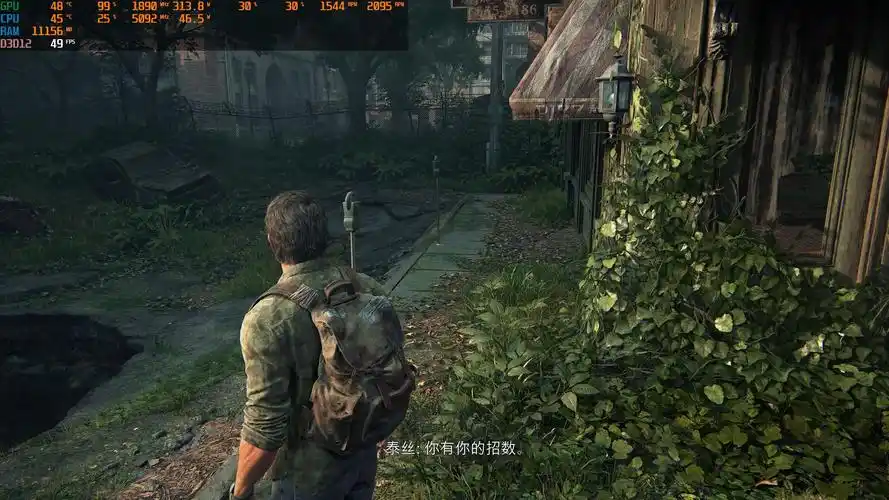Behind the Curtain: The Craft of Producing Deep Game News Content
In the fast-paced world of video game journalism, audiences often see only the final product: a polished article, a slick video, or an engaging podcast. What remains hidden is the intricate, demanding, and often chaotic process that goes into creating deep, meaningful news content. Producing work that is more than just a repackaged press release or a reactionary hot take requires a blend of journalistic rigor, creative passion, technical skill, and a deep respect for the audience. This is a look behind the scenes at what it truly takes.
The Spark: From Tip to Pitch
It all begins with an idea. In a landscape flooded with announcements, updates, and rumors, finding a story that warrants a deep dive is the first major hurdle. This "spark" can come from anywhere: a cryptic tweet from a developer, a line buried in a financial earnings report, a pattern of player behavior in a live service game, or a broader trend across the industry.
Journalists and content creators are constant curators of information. They spend hours each day scouring Discord servers, subreddits, developer blogs, press portals, and academic papers. This isn't passive consumption; it's active investigation. The goal is to find the thread that, when pulled, reveals a larger, more compelling narrative. Once a potential story is identified, it must be pitched. In a newsroom, this means building a case for why this topic deserves resources and time over dozens of others. For independents, it’s a matter of gauging audience interest and personal capacity. The pitch must define the angle: What is the new question we are asking? What is the untold story here?
The Dig: Meticulous Research and Sourcing
This is where the real work begins. Shallow content repeats what is already known. Deep content uncovers what is not. The research phase is a marathon of verification, cross-referencing, and seeking out primary sources.

This involves:
- Player Research: Engaging with communities on forums and social media to understand the ground-level impact of a patch, a narrative, or a controversy. Sentiment analysis is key.
- Developer Outreach: The most valuable insights come from the creators themselves. This means crafting thoughtful interview questions that go beyond, "How did you feel making this game?" It's about process, design philosophy, technical challenges, and business realities. Securing these interviews requires building and maintaining trust within the industry—a currency more valuable than any exclusive.
- Data Analysis: For pieces on sales, player counts, or economic trends, this means parsing through data from trackers like SteamDB, NPD, or Nintendo’s financial reports. It’s about interpreting numbers and turning them into a coherent story.
- Historical Context: Understanding the present requires knowledge of the past. Deep dives often involve researching previous games in a franchise, the history of a studio, or the evolution of a genre to provide rich, meaningful context.
The Craft: Writing and Production
With a mountain of research assembled, the task shifts to synthesis and storytelling. This is a creative and technical challenge.
For Writers: The structure is everything. A deep dive cannot be a simple chronological account. It needs a narrative arc. The writer must guide the reader through a complex web of information, making it digestible and engaging without sacrificing depth or accuracy. This involves crafting a compelling lede, using section headers effectively, and integrating quotes from interviews to provide human perspective. The tone must be authoritative yet accessible. Every claim must be backed by evidence, linked to a source, or attributed to an interviewee. Fact-checking is a non-negotiable, iterative process that happens throughout writing.
For Video Essaysists & Podcasters: The script is the foundation. The same journalistic standards apply—clarity, structure, and accuracy are paramount. The production then adds layers of complexity: recording clean audio, editing gameplay footage that perfectly illustrates the script’s points, sourcing archival material, and creating original graphics. The edit bay is where the piece truly comes to life, with sound design and music used to enhance the emotional and narrative impact of the story.
The Hurdles: Challenges in Deep-Dive Production
The path is never smooth. Major challenges include:
- Time: Deep content is inherently slow content. In an era that rewards speed and virality, investing days or weeks into a single piece is a significant risk.
- Access: Getting key developers to speak on the record, especially about troubled projects or controversial topics, is incredibly difficult. Often, the most insightful sources must remain anonymous, which adds another layer of verification burden on the creator.
- Monetization: This type of content is expensive to produce. It requires paying skilled writers, editors, and videographers for their time. However, it often generates fewer clicks than a quick news blast, creating a tension between editorial integrity and economic sustainability. Many outlets rely on patronage models, subscriptions, or sponsorships to fund this work.
- Toxicity and Backlash: Delivering nuanced criticism or exploring sensitive topics like labor practices in the games industry (e.g., crunch culture) can trigger intense backlash from fervent fans or even from within the industry itself. Creators must be prepared to stand by their work.
The "Why": The Driving Passion
Despite the hurdles, teams and individuals commit to this process because of a shared belief: games and the culture around them are worthy of serious critique and analysis. They believe that players are hungry for more—more context, more understanding, and more substance.
Producing deep game news content is an act of respect. It’s respect for the audience’s intelligence, respect for the craft of game development, and respect for the medium itself. It’s about adding something of value to the conversation, not just noise. The next time you finish reading a revealing feature or watching a detailed video essay, remember the unseen hours of digging, writing, editing, and passion that made it possible. It’s a labor of love for the game.


















